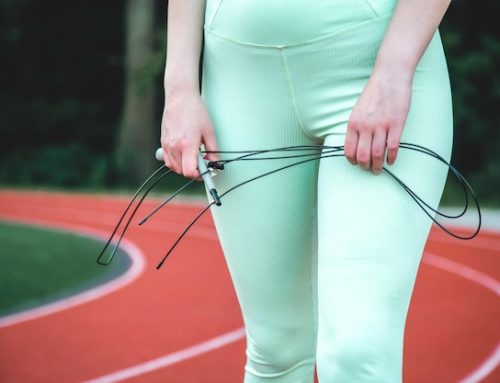The Importance of Proper Jumping Technique
Jumping is an essential skill in many sports, including basketball, volleyball, and track and field. However, jumping without proper technique can lead to injury and decreased performance. In this article, we’ll discuss what proper jumping technique entails and why it’s crucial for athletes to master this skill.
The Basics of Jumping Technique
Proper jumping technique involves several key components that work together to produce a powerful and efficient jump. These components include:
- Proper alignment of the body
- Adequate preparation and takeoff
- Optimal knee and hip positioning
- A strong and stable core
- A controlled landing
Alignment of the Body
To jump effectively, the body must be aligned correctly. This means the feet should be shoulder-width apart, the knees should be slightly bent, and the hips should be in line with the ankles. The shoulders should be back, and the chest should be lifted. Proper alignment allows for a more efficient transfer of energy from the lower body to the upper body, resulting in a more powerful jump.
Preparation and Takeoff
Proper preparation and takeoff are also essential components of jumping technique. Athletes should begin with a slight bend in the knees and explode upward, extending the hips and knees in a smooth and controlled motion. The arms should also be used to generate upward momentum, with a strong, powerful swing helping to propel the athlete into the air.
Knee and Hip Positioning
Optimal knee and hip positioning are also critical for a proper jump. While in the air, the knees should be brought up toward the chest, with the hips slightly flexed. This position allows for maximum height and distance in the jump while also reducing the risk of injury upon landing.
Core Stability
A strong and stable core is also essential for proper jumping technique. The core muscles, including the abs and lower back, help to stabilize the body during the jump and provide a strong and stable base for the upper body to generate the necessary force for the jump.
Landing Technique
Finally, proper landing technique is crucial for avoiding injury and ensuring an effective jump. Athletes should land softly and with control, with the knees and hips flexed to absorb the impact of the landing. The body should be aligned in a straight line, with the head, shoulders, hips, and feet all in line with one another.
The Benefits of Proper Jumping Technique
Proper jumping technique offers numerous benefits for athletes of all levels. These benefits include:
- Increased height and distance in jumps
- Reduced risk of injury
- Improved overall athletic performance
- Enhanced core strength and stability
- Greater confidence and control during jumps
Conclusion
In conclusion, proper jumping technique is essential for athletes looking to maximize their athletic performance and minimize their risk of injury. By focusing on alignment, preparation, knee and hip positioning, core stability, and landing technique, athletes can improve their jumps and enjoy the many benefits that come with this essential skill.






